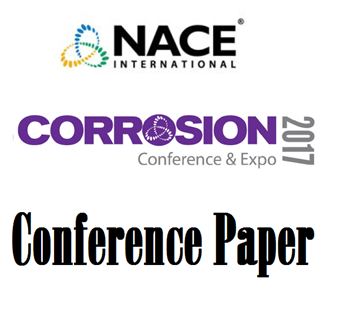Search
10373 Predicting the Progression of Wetness and Corrosion Under Insulation Damage in Aboveground Pipelines
Also Purchased
Understanding Insulation Chemistry Proven to Inhibit Corrosion Under Insulation (CUI)
Product Number:
51317--8876-SG
ISBN:
8876 2017 CP
Publication Date:
2017
$20.00
51313-02570-Corrosion Under Insulation Detection Technique
Product Number:
51313-02570-SG
ISBN:
02570 2013 CP
Publication Date:
2013
$20.00
51316-7465-Strategies to Control Corrosion Under Insulation
Product Number:
51316-7465-SG
ISBN:
7465 2016 CP
Publication Date:
2016
$20.00




